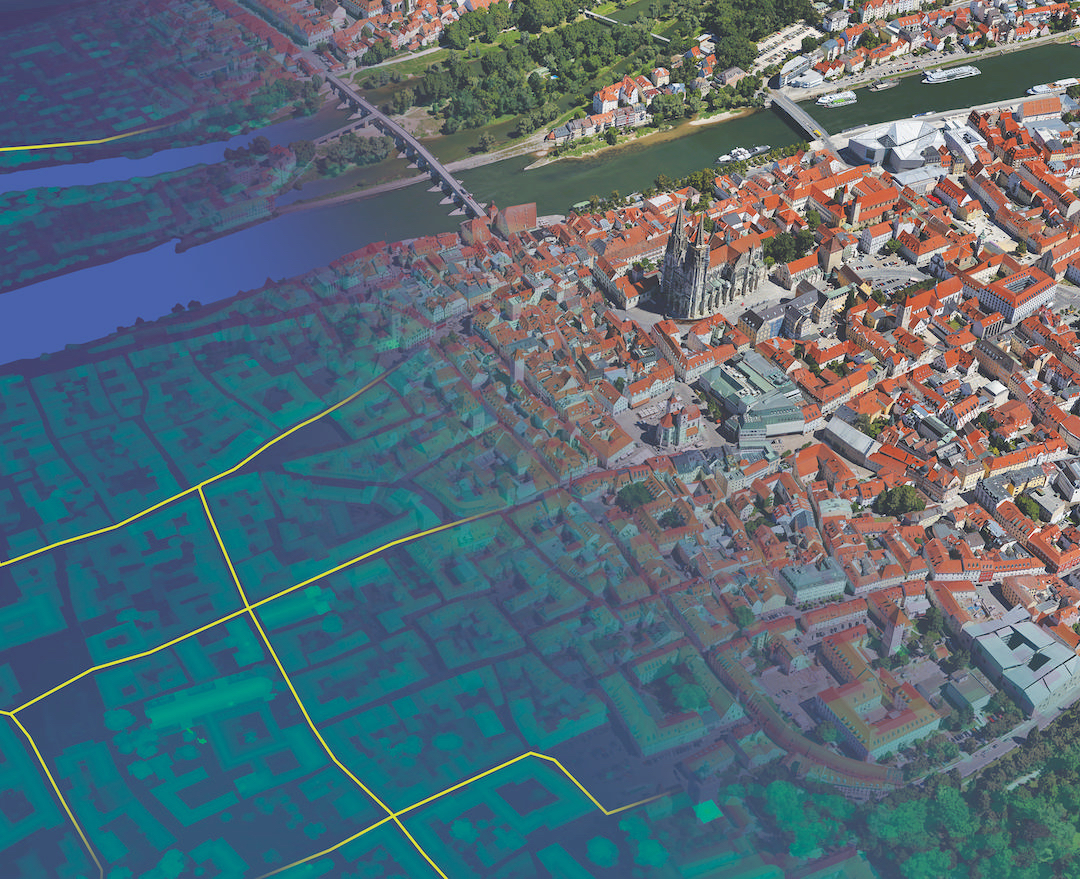Two of the pioneers of data warehousing – retail giant Wal-Mart and systems vendor Dell Computer – are turning their vast data stores of operational data into ‘live’ decision-making engines.
While most companies’ today build data warehouses from copies of operational data that are updated daily or even weekly, Wal-Mart wants to be able to make business decisions based on mountains of near-current data.
The company — which already refreshes the 300 terabytes (TB) of data it holds in its warehouse every 10 minutes — is currently discussing with its warehouse technology supplier NCR Teradata how to cut that refresh down to two minutes.
“They want to take further cost out of the supply chain by getting the right goods to the right people at the right time,” said NCR CEO Mark Hurd.
At Dell, there is also huge value placed on making instant supply chain decisions based on the analysis of vast amounts of consolidated data. The company is moving to update key parts of its warehouse data hourly, from the current revision rate of three or four times a day.
“If you think of it in terms of someone simply asking questions, then ensuring that data is no more than 10 minutes old looks artificial. But if it is someone making decisions that can drive the business then there is real ROI,” says Randy Mott, CIO of Dell and former CIO of Wal-Mart.
“Working with an active data warehouse can drive huge efficiency into the supply chain. Knowing that some product is selling out gives you a chance to get some more on the truck and out to stores before the door closes,” says Mott.
Wal-Mart claims its cutting-edge use of data warehousing has been instrumental to its strong financial performance in recent years. Its annual growth has hit 14% for three consecutive years and net income has improved by an average of 11.3% each year.
The company now wants to apply the same data warehousing techniques to help it in its expansion into Europe and Asia.
“Today Wal-Mart doesn’t know enough detail about [the retail patterns] in these markets,” says Hurd. “They are telling us: ‘You guys have got to help us get there so, in near real-time, we can get local processing.'”






